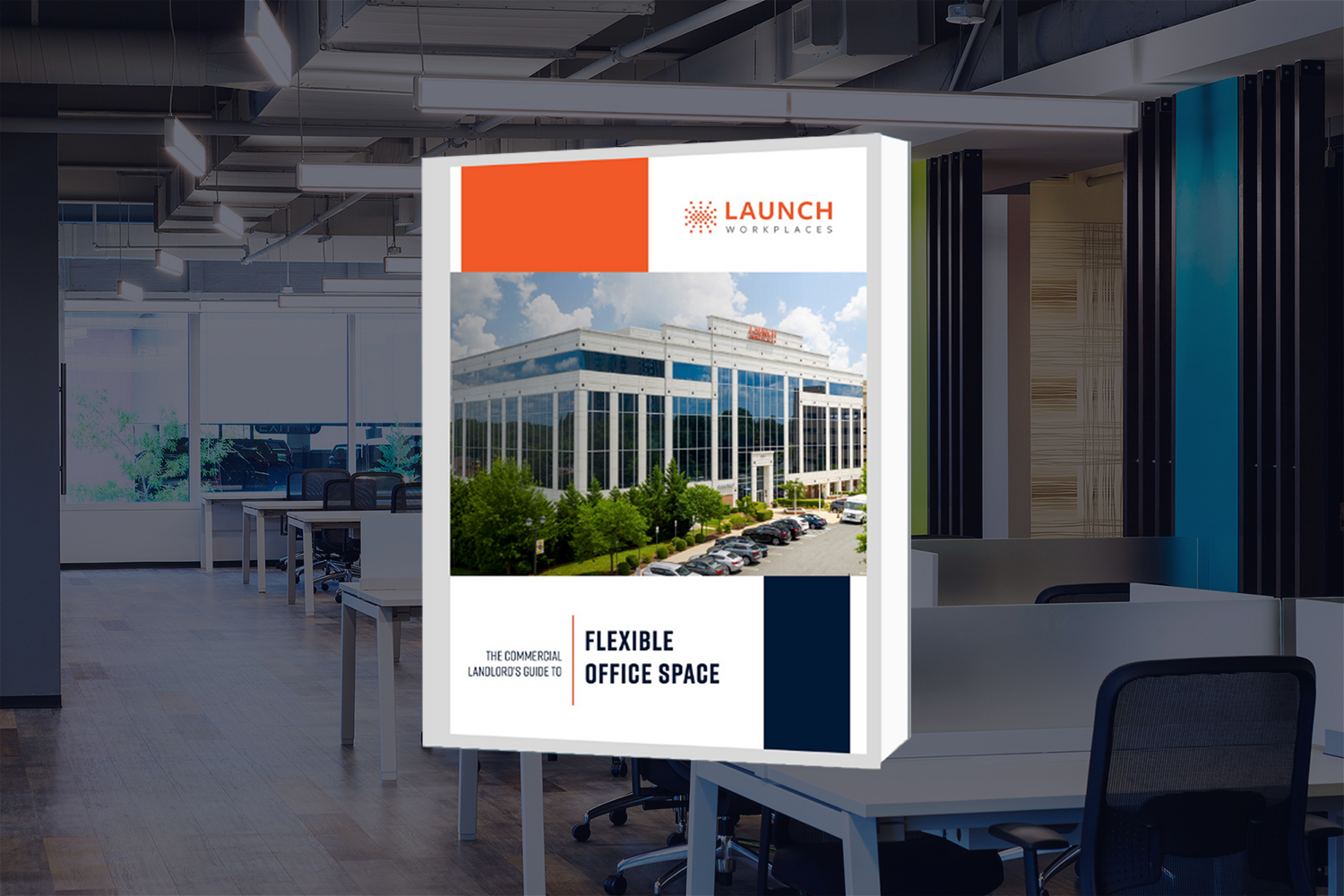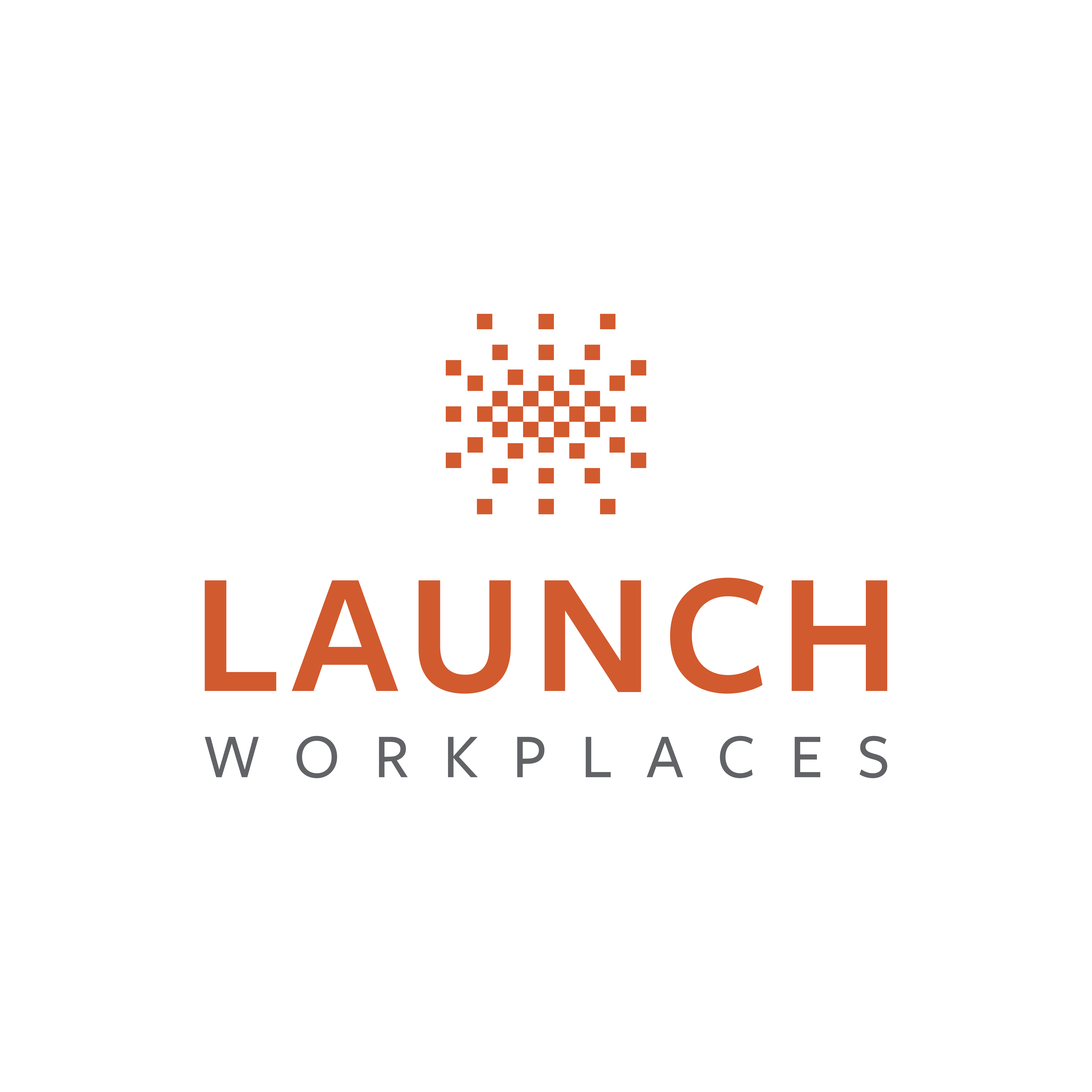Written By: Mike Kriel, CEO of Launch Workplaces
This pandemic has changed the flexible office industry immeasurably and, in my opinion, irreversibly.
Every operator’s plans, strategies, and wherewithal were tested and pushed to the limit. And the result of these challenges has been a change in the direction of the industry for good.
One of the biggest changes? While the long-standing belief was that flexible office space would be primarily an urban endeavor, that’s no longer the case.
The future of coworking is suburban.
Here’s why.
The Concept of Urban Work is Changing Dramatically
Let’s take a second to reflect on how urban working started. It was a math game: organizations went where the talent was.
Companies would put a home base in an urban center because it gave them a higher likelihood of finding good employees.
That same ideology eventually translated into the coworking industry. The standard business model for flexible office spaces was based on density.
The mindset of coworking operators was that they had X thousand square feet of space, so how many people could they squeeze into that space?
But now that COVID-19 has come along, density has become the enemy. The need for social distancing means that density isn’t a thing anymore.
Not now, and probably not soon.
The Newly Distributed Workforce Has Revolutionized How We Work
For most organizations across the world–for at least some period of time or even to this day–social distancing also meant mandated work-from-home.
And while there’s long been a belief that working remotely could actually work, it never caught on. There was too much red tape and risk of reduced productivity.
Until now.
Suddenly the pandemic has proven that, at least to some degree, your business can be successful by allowing your workforce to be distributed.
And we’re seeing the result already: there are a lot of organizations that are never going back to the office as it once was.
Remote Work is Sending People Away from Urban Centers
We’re well past the one-year mark of working remotely. And in many cases, it doesn’t show signs of going away.
So, why would employees want to continue paying exorbitant rent prices to live in smaller homes in urban centers when they no longer work in and commute to downtown?
Well, many of them don’t. And as a result, we’re seeing an exodus from urban environments and a flood of people moving to the suburbs.
And many organizations are now embracing the hub-and-spoke model where there’s a smaller HQ (the hub) and smaller satellite offices (spokes) in suburban markets.
Why?
Because it gives them a place to collaborate, be together, and maintain company culture when they need it. But it also means organizations don’t have to take on a massive office and a long-term lease, and that employees can live in those suburban markets they’ve been migrating towards.
So, the trillion-dollar question is this: what happens next?
And the reality is that nobody really knows.
But all logical indicators say that this trend is already happening. After all, who’s going to move back to the city? When? Under what circumstances?
From what we’re seeing now, it looks far more likely that things have shifted drastically and potentially permanently.
It seems to me that suburban markets are the future of coworking.
So, if you’re a landlord who believes in the importance of having flexible office space in your portfolio, get in touch with me today. I’d be happy to talk more with you about it.




